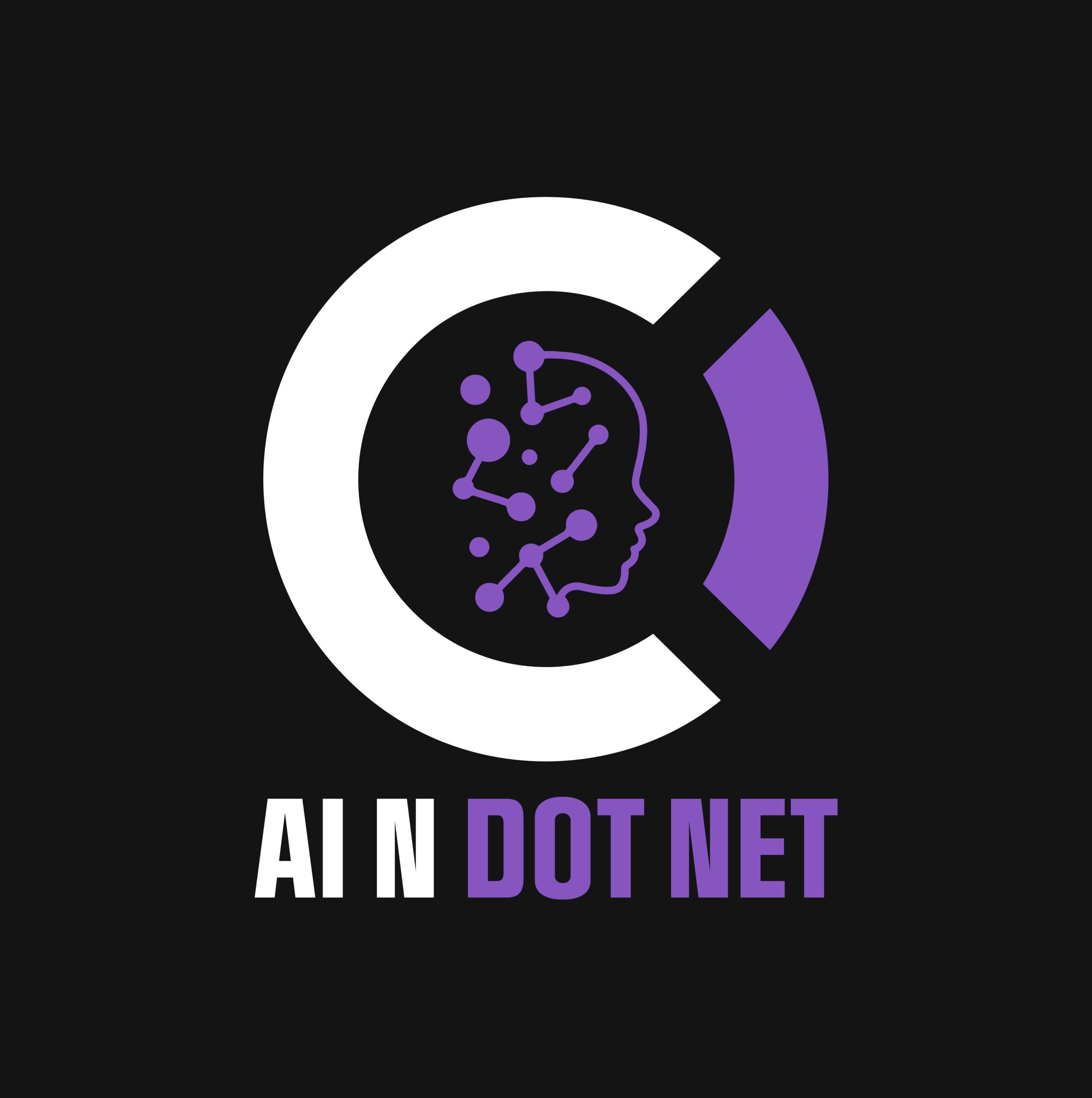Scaling AI with Microsoft Tools
From proof of concept to production-ready systems—here’s how Microsoft enables enterprise-grade AI at scale.
Why Scaling Matters in AI Projects
Most AI projects don’t fail at the pilot stage—they fail when asked to scale.
When a promising prototype meets the harsh realities of data volume, user load, compliance, and maintenance, systems buckle. The good news? Microsoft’s AI ecosystem was built for this challenge.
Microsoft provides scalable, secure, and deeply integrated tools that help businesses go beyond experimentation and achieve repeatable success.
Common Scaling Pitfalls—and Microsoft’s Solutions
⚠️ Data Fragmentation
Problem: Data is siloed across teams, formats, and platforms.
Microsoft Fix:
- Use Azure Synapse Analytics to unify analytical and operational data.
- Store raw, structured, and semi-structured data in Azure Data Lake Storage Gen2.
⚠️ Model Drift & Maintenance
Problem: Accuracy degrades as customer behavior and environments change.
Microsoft Fix:
- Use Azure Machine Learning’s MLOps capabilities to retrain and redeploy models automatically.
- Integrate alerts and pipelines for proactive model health monitoring.
⚠️ Compute Bottlenecks
Problem: Localized models can’t meet enterprise usage demands.
Microsoft Fix:
- Deploy via Azure Kubernetes Service (AKS) or Azure Batch for scalable serving.
- Integrate Azure Functions to spin up inference workloads on demand.
- Break your large application into smaller compute engines connected by queues or data tables
Microsoft Stack for Scalable AI
These tools help you scale intelligently—without reinventing the wheel.
- Azure AI Services
Pre-built APIs for vision, speech, and language. Globally scalable, enterprise-secure. - ML.NET
Embed AI into your .NET apps without leaving your stack. Great for edge and desktop apps. - Azure Machine Learning
Full MLOps lifecycle support: training, deployment, monitoring, and retraining. - Semantic Kernel + Azure Copilot Studio
Build scalable generative AI and orchestration layers that interact with real-time data and APIs.

Real-World Scaling Scenarios
🧠 Forecasting for Supply Chain Optimization
A logistics company embedded ML.NET models into their existing inventory software—then used Azure MLOps to retrain every 30 days based on fresh telemetry.
🗣️ Chatbot Scaling Across Departments
An internal HR chatbot, originally launched for benefits questions, was adapted and scaled to 15+ departments—serving over 18,000 employees—via Azure Bot Framework and Cognitive Services.
💬 CRM Sentiment Analysis
A midsize firm added a sentiment engine to their CRM using Azure Text Analytics—then rolled it out across five regions, adapting it for local language variants.
Best Practices for Scaling AI
- Design for Modularity: Separate model logic from business layers using APIs.
- Start Small, Plan Big: Design pilots with scale in mind—even if you launch narrow.
- Automate the Lifecycle: Use Azure DevOps and MLOps to automate CI/CD, testing, monitoring, and rollback.
- Use Hybrid Cloud Capabilities: Leverage edge deployments and containerization for latency-sensitive scenarios.

Connect With Other Solutions
- 👉 Microsoft AI Development
- 🧭 AI Assistants in the Enterprise (coming soon)
- 🏥 Case Study: AI in Healthcare (coming soon)
- 📘 Read the Blog: Why Most AI Projects Fail to Scale
Ready to Scale Smarter?
Don’t let your best AI ideas die in a sandbox.
Let’s build something that lasts.

